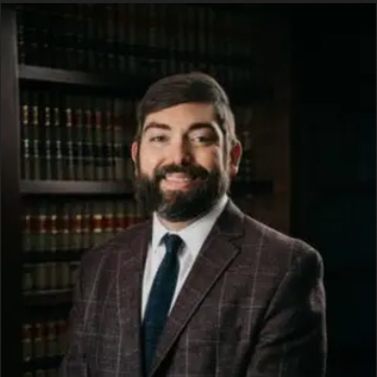What started as a fun night out with friends ends up a nightmare. Your car is totalled and you’ve been arrested for driving under the influence. What makes matters worse, is that it was the other guy who ran the red light. At least you think that’s how it happened. The other guy, who’s sitting next to you in jail, doesn’t remember anything either. That’s because he’s drunk, too. Our law experts offered their thoughts on what may happen next.

William Privette
Whoever Caused the Collision Will Be Civilly Liable
This answer is actually quite simple. Whoever caused the collision will be civilly liable for the injuries caused in the collision. However, the matter can get convoluted with apportioning partial blame to both drivers (Plaintiff and Defendant).
Every case and set of circumstances is different, so there is a chance that if you were drinking and did not cause the collision, you may be 0% at fault for the collision. It will all depend on the fact pattern surrounding your case and collision. If the matter is not resolved prior to court, a jury will decide on the percentages of liability for Defendant and for Plaintiff.
In Texas, if Defendant is 51% or more to blame, Plaintiff can collect monies from the jury verdict. Remember, there is a difference between criminal cases and civil cases. If you are the victim of a car accident and were drinking, you can be both criminally liable for the DWI and be the victim from a civil standpoint. In this scenario, it is highly advisable to retain legal counsel to help navigate the tricky landscape.
Depends On the Result of the Investigation
Liability for a car wreck between two drunk drivers would still follow the typical “causation” requirement of who caused the wreck. I couldn’t find a state that specifically “deems” the drunk driver to be at fault regardless of what actually caused the wreck.
An easy example would be a drunk driver (A) that is stopped at a red light, and the other drunk driver (B) doesn’t notice the red light, or the cars that are stopped at the intersection, and rear-ends Driver A. Driver B would be liable for the wreck.
Likewise, someone that is completely sober and is hit by a drunk driver, would still need to show that the drunk driver caused the wreck.
Of course, the facts can quickly get trickier if the case is about two drunk drivers entering an intersection from different directions at the same time. Ideally, there are 3rd party witnesses because the testimony of two drunk people likely isn’t the most credible if there are disputes as to which driver had a red vs green light.
A jury (and the insurance company beforehand, if evaluating a settlement) would likely consider if alcohol impairment played a role in the wreck. Someone that is impaired may have been able to avoid the wreck if they weren’t drinking before driving, even though the other driver was the main cause of the wreck.
The jury would assign a percentage of fault between the two drivers. Depending on the state (contributory negligence vs comparative), most drivers would not be able to recover anything if they are more than 50% at fault (in a comparative negligence state) for the wreck. In states with contributory negligence, any percentage at fault would bar recovery to that driver.

Clayton Hasbrook

Tyler Kobylski
Depends on the Collected Evidence
The short answer is that it really depends on the facts. First and foremost, both drivers will likely be arrested for a DUI since they were drunk.
However, who is liable for the civil case will depend on who is proven to have caused the collision.
A part of this process to prove who’s liable will depend on evidence including but not limited to the police report of the accident, any physical evidence (e.g. the damage of both cars), and accident witnesses. Both drivers should also be aware that there are certain accident types related to liability. For example, in a rear-end accident, the rear driver is typically deemed liable for the crash.
Three Things Determine Liability
Liability and fault is determined by a number of things: breach of duty, the cause, and the damages. First of all, they would need to determine whose mistake led to the accident, and then assess whether or not the mistake would have been made if the driver had not been impaired.
Then I imagine they would consider whether or not the other driver would have been able to foresee or react quicker in order to avoid the accident if they had also not been impaired. I certainly don’t think that either of the drivers’ insurance would pay out if they had been drunk, but it would be difficult to determine who would be liable without looking at the situation as a whole.

Anastasia Allmon
This is a crowdsourced article. Contributors' statements do not necessarily reflect the opinion of this website, other people, businesses, or other contributors.
